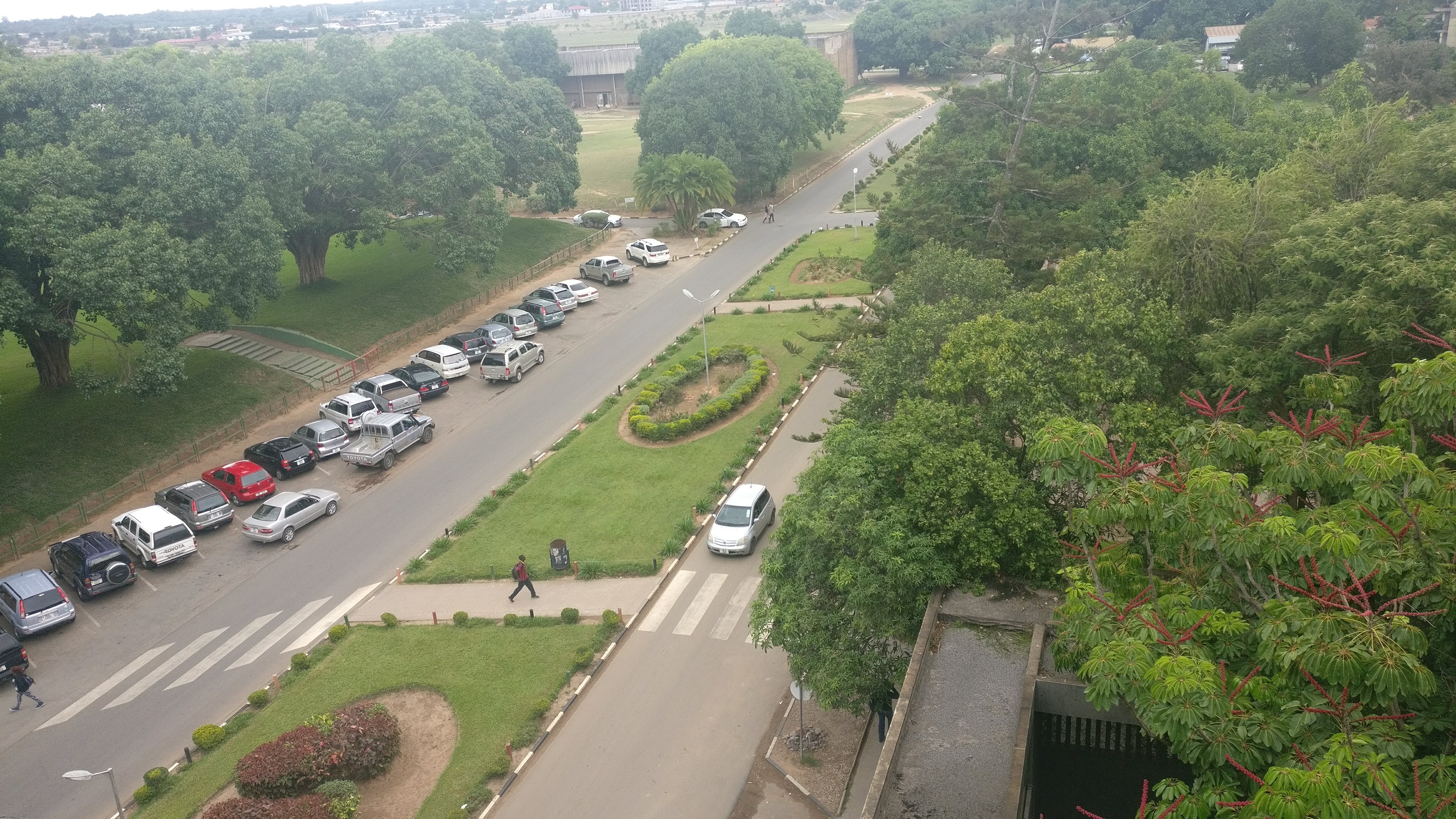|
Peggy Mulambya-Kabonde
Peggy Mulambya-Kabonde (born 5 May 1961) is a Zambian feminist theologian and the first female General Secretary of the United Church of Zambia. Early life and education Peggy Mulambya-Kabonde was born on May 5, 1961, in Chingola, a town in Zambia's Copperbelt Province. She is the fifth of nine children whose father worked in the mining industry and whose parents were active in the local Christian church. She began her education at Kapopo Primary School and later attended Twatasha Primary School, joining the Girls Brigade while in grade 4. After passing her grade 7 examinations, she attended Chikola Secondary School before moving to Mporokoso Secondary School, where she completed her form five examinations in 1981. Kabonde has a PhD in Gender and Theology from the University of KwaZulu-Natal in South Africa. Career Kabonde is a pastoral minister with the Methodist and United Reformed Churches in the United Kingdom and an ordained minister in the United Church in Zambia. She ... [...More Info...] [...Related Items...] OR: [Wikipedia] [Google] [Baidu] |
Chingola
Chingola is a town in Zambia's Copperbelt Province, the country's copper-mining region, with a population of 256,560 (2022 census). It is the home of Nchanga Copper Mine, a deep-shaft high-grade content copper mining operation, which subsequently (in the 1960s) led to the development of two open pit operations, Chingola Open Pit and then Nchanga Open Pit (the latter being the second largest open cast mine in the world). History Chingola was founded in 1943, somewhat later than most other Copperbelt Province towns. Chingola was built to service the newly opened Nchanga Copper mine. Demographics Mines Situated at the north-west end of the Copperbelt Province, the Nchanga Mines Open Pit workings lie in an arc 11 km long around the west and north of the town, covering nearly 30 km2. The deepest part of the pit is 400 m lower than the surrounding plateau. The Mimbula Copper Project is a copper rich oxide and sulphide deposit, located on the outskirts of the town of ... [...More Info...] [...Related Items...] OR: [Wikipedia] [Google] [Baidu] |
University Of Zambia
The University of Zambia (UNZA) is a public university located in Lusaka, Zambia. It is Zambia's largest and oldest learning institution. The university was established in 1965 and officially opened to the public on 12 July 1966. The language of instruction is English. History The beginnings of UNZA can be traced back to before the Second World War when the idea to establish a University in Northern Rhodesia was conceived. However, plans were halted when the war broke out and only revived after. The colonial government instituted plans to set up a Central African University College, for Africa, due to the development of higher education institutions in most parts of Africa. The Central Africa council (CAC) appointed a committee to investigate requirements for a college for higher education and, it subsequently recommended that a college for higher education be established. A subsequent investigation into the need for higher education for Africans in Central Africa was conducted ... [...More Info...] [...Related Items...] OR: [Wikipedia] [Google] [Baidu] |
Zambian Women Writers
Demographic features of the population of Zambia include population density, ethnicity, education level, health of the populace, economic status, religious affiliations and others aspects of the population. Zambia's youthful population consists primarily of Bantu-speaking people representing nearly 70 different ethnicities. Zambia's high fertility rate continues to drive rapid population growth, averaging almost 3 percent annually between 2000 and 2010. The country's total fertility rate has fallen by less than 1.5 children per woman during the last 30 years and still averages among the world's highest, almost 6 children per woman, largely because of the country's lack of access to family planning services, education for girls, and employment for women. Zambia also exhibits wide fertility disparities based on rural or urban location, education, and income. Poor, uneducated women from rural areas are more likely to marry young, to give birth early, and to have more children, vi ... [...More Info...] [...Related Items...] OR: [Wikipedia] [Google] [Baidu] |
